I do a lot of running. I’ve been running very regularly since approximately the summer of 1994, which is the year after I finished college. My running log in Excel goes back 21.5 years, all the way to Dec 26, 1998!
During my 21.5 ‘running log’ years, I’ve run 11,495.2 miles (as of July 5 2020), completed 22 marathons in 17 states, 34 5k’s, and covered and raced every distance in between. I’ve also had countless injuries, and endured long stretches of time where I’ve either not run my best, or not run at all.
But one thing missing from my running resume is a solid ‘consecutive days’ running streak.
Until now.
As a runner in New York City for many years, I’ve been aware of the Resident Runners, an informal group that meets in Brooklyn for weekly runs and a monthly ‘taco’ run, but I’ve never been a part of their events.
Last week, though, I saw their announcement for 31 Days of Running, a virtual event they hold every year in July. It is simple. Run at least 3.1 miles per day, every day in July. While there is vague mention of potential New Balance gear to some participants, there is really no prize, no medal, no winnings to show at the end, other than the accomplishment of adding 31 new entries on consecutive days into the running log.
Challenge comes at exactly the right time
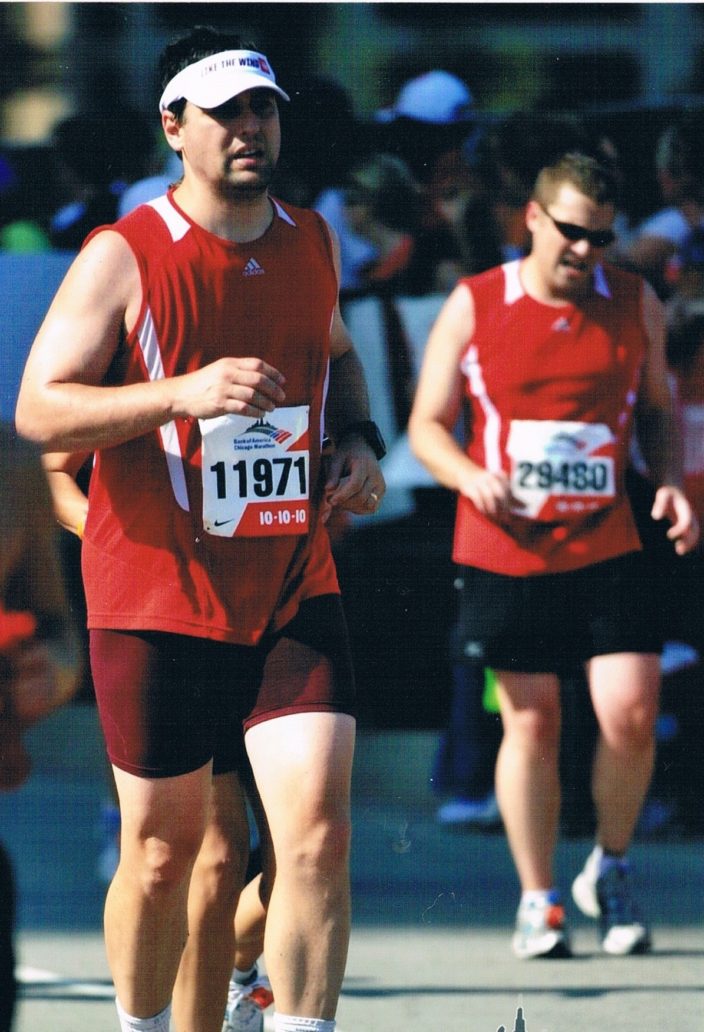
Notice the struggling guy behind me in the same shirt!
The combination of moving to Florida early in the year, and the onset of the COVID-19 pandemic has put me into a running funk.
It might seem counter-intuitive, but in New York City, there are endless places to run, from the streets with many wide bike lines and bus lanes (let alone sidewalks everywhere) which gives lots of space to runners, to the many amazing parks throughout the city. By contrast, where we live in Florida, not all roads have sidewalks, the roads themselves are narrow, not lending themselves to safe street running, and there are many self-contained developments so it can be hard to run through from one neighborhood to another. The weather can be very hot and humid, which also limits the times of day to run. Running at night is a challenge because many places are just not well lit. Running in Florida is simply more of a chore. I’ve discovered some running options, but I’m way less excited about running them, compared to my familiar New York City routes.
COVID-19 has also put a damper on my desire to run, from a general malaise about the health of people in general, the divisive current nature of politics, and genuine fears about overexerting myself and getting sick. There were quite a few weeks where I hardly got any runs in.
Also, the pandemic cancelled two spring marathons I had planned, as well as the New York City marathon in the fall, which I was already signed up for. My life goal is to run a marathon in each of the 50 states, and Caroline and I enjoy using that activity as a way to prioritize some of our US travel. With 17 states down, and 33 to go, running 3 per year would allow me to finish by the age of 60. I am hopeful to get at least one done this year, but the pandemic definitely puts me behind pace, and will likely add another year to the project.
These factors combined have had me less than excited about running this year. I enjoy running, but I do find it hard to motivate myself without having a race on the calendar, or a concrete goal in mind.
The first step I took to address this was to sign up for the NYC Runs Subway System Challenge, a virtual event that runs from Memorial Day to Labor Day, with the goal of running the distance of the NYC subway system. The distance is 245 miles, and with a 15 week timeframe, it requires running an average of 16.3 miles per week. While not a ton of weekly mileage, to do that every week over 3 months, in the summer heat, definitely requires some dedication. It has helped me get back into a routine, and over the first 5 weeks of the challenge, I logged 79.6 miles, just a hair under 16 miles per week. A little behind pace, but not too far behind. I’ve been really enjoying the challenge.
But running every single day is an altogether different sort of challenge, and with no official races on the horizon, and a goal to finish 245 miles by Labor Day, and a continued pandemic keeping us pretty much at home, I felt now is the perfect time to try something like this.
Assessing probability of success
Part of the analysis that should go into any goal is understanding that there is a some chance at success. If there is really no chance of success, then it is probably not the right goal to set. If reaching the goal would be too easy, then what you are really creating is a to-do list, not a goal.
When thinking about a 31 consecutive day running challenge, for me, there are a myriad of reasons why I won’t finish:
Atypical running volume – I have never been a daily runner. I am at my best and managing injury if I run 3-4 times per week, and usually not more than 2 days in a row. Analyzing the 21.5 years of running history available to me shows me that I once did a running streak of 14 days! But beyond that, the most days I’ve ever run consecutively is 4, and I’ve only done that 7 total times over 21 years. The block for me might be more mental than physical, but I equate daily running with more likelihood of injury.
Travel – We have a long road trip planned for later in the month of July, which will require 4 long days in the car. Keeping up a daily running habit on road trip days won’t be easy, as well as keeping the momentum and feeling up to it after each half of the trip, after likely eating very poorly and not getting great sleep. There is also the annoyance of travelling with the wet running clothes and wet running shoes that the summertime brings, especially when going for a morning run before getting in the car for the day.
Weather – This is the biggest wildcard. Thank you Florida summer. I have mostly been in the habit the last couple of months of running around 7pm or 7:30pm. That is the sweet spot for summer running because the heat of the sun is gone, and even though the temperature is higher than the early morning, the humidity is usually lower. The problem is that if I wait until 7pm to go running, there is a chance a thunderstorm will pop up, and then I’d have to wait until after the storm, which would be after dark, and then drive to a place where I can run with decent lighting.
Dealing with the weather for a daily run is a balancing act of trying to avoid the heat of the day, and the almost daily thunderstorms. Caroline and I have an almost daily sunrise habit of walking 1 hour at the beach, so I will mostly avoid early morning runs too.
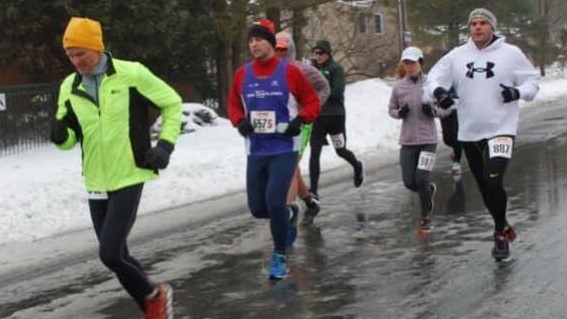
Injury – I have had countless injuries over the years, mostly of the ‘overuse’ variety. That is why over the years I’ve tended to not run on consecutive days. Running every single day just makes it more likely I’ll have some kind of injury that will make me take a day off. I also want to be careful that I don’t run through an injury as it gets later on in the month, so that at the end of the month I don’t end up with a bigger injury that affects my running longer term. As it is, my left heel has been acting up and I think it is in the early stages of plantar fasciitis. I’ve been icing and stretching and hopefully can keep that injury at bay, as well as prevent new ones from cropping up.
Change in priority – while not a likely scenario, especially given that we are pretty much spending our time at home and working during the day, it is possible that our daily routine will need to change for some reason that makes a daily run difficult. The other main challenge that falls in this category is that each run is time consuming. The run itself is generally 40-60 minutes, but there is 15 minutes of prep time, and then 30-60 minutes required afterwards for a cool down and shower. Given the Florida heat and humidity, it takes quite awhile to cool down, and I’ve been known to continue sweating, even after taking a cold shower! The total time required for any given run is a good 2 hours, and usually longer, and that might become a problem at some point.
It will be very tough to get this done, but it is most certainly possible. However…
…succeeding is actually not the most important outcome
As the author of a blog website in the area of financial independence, I read the websites of other people also working on pursuing financial independence. A common topic, especially around the New Year, is goals and resolutions. Some sites even report quarterly or monthly on how they are doing against their goals. Usually those updates focus on the negative – what was not done, or the reasons/excuses for failure. But that is the wrong way to look at it.
A good goal is one that has a shot at failure, one that is not a slam duck. It will push you to a destination harder than you would without having the goal. It is meant to take you to a place you would not otherwise be able to get to, and will inspire you to make new habits to drive you closer to the result, even if you don’t get to the result itself.
The point of the goal is not necessarily to reach the milestone. Rather, it is the process you go through in attempting to make it to the milestone that it is important.
It is the journey, not the destination.
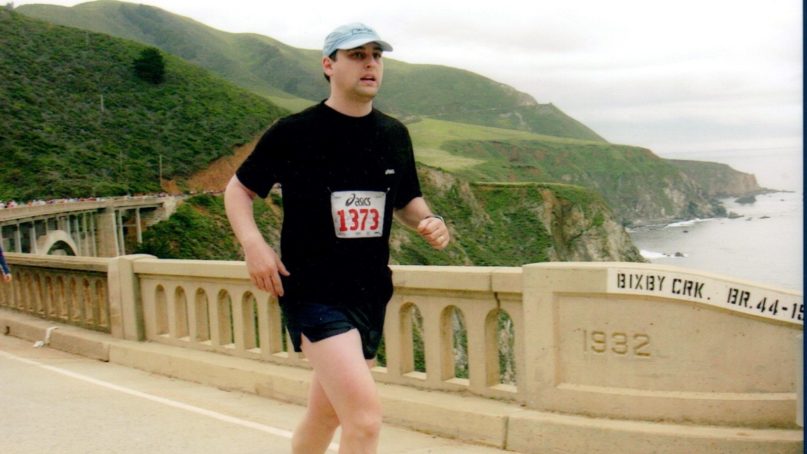
I personally stopped setting individual race goals some time ago because I decided I didn’t want to be disappointed when not meeting it. For the longest time, my standing marathon goal was to finish in 4:30, but on most attempts, I failed – the exception being one glorious race (Austin Marathon, February 2009), where I did it. Were all the other marathons, where I didn’t finish in 4:30, failures? Of course not.
What I’ve learned is that on any given day, there are so many factors that can go against you being able to perform your best, and so it can be hard to reach a stretch goal. Not meeting it is not something to dwell on or to be unhappy about. The next thing you do is pick yourself up by the bootstraps and move forward – in this case, sign up for another race and dive into the preparation and training, so you can give it your all the next time.
One running goal I did set for myself in recent years was to run at least one time per week for an entire year. It might sound modest, but in late 2017, I discovered that I had never done that in all my years of running. I set a goal for 2018 to get this done.
It wasn’t meant to be though. When we went on a trip to the Philippines in April 2018, the hotel where we stayed for most of the trip didn’t have the treadmills I was lead to believe it would have, and running outside wasn’t practical for a number of reasons in the various places we stayed. While it was due to a factor out of my control, for the week ending April 8, 2018, I had a big fat zero in my running log – goal FAILED.
But it didn’t get me down. If anything, I was gratified that the act of attempting the goal allowed me to create some new habits, as well as new tracking metrics. I knew I’d get another shot the following year, and in fact, for 2019, I decided that one run per week wasn’t really enough, and changed the goal to be a minimum of 10 miles run per week. It doesn’t really matter if I accomplished the goal (although I did!), because I set a new standard for pushing myself in a direction to maintain a certain level of health, and if I happened to miss a week, the true goal of establishing and maintaining a new habit would be intact.
=============================
I go into this exercise understanding that 31 straight days of running at least 3.1 miles is a serious endeavor, and one that could very well fail. But I’m totally OK with that. I’m 5 days in now, very glad to be doing it, and have already surprised myself in a few ways.
I’ll report back at the end of the month, but even if I fail at the literal goal, I know that in the process I will learn a lot about myself, and will continue to push myself along a healthy path. That on its own is a huge success.

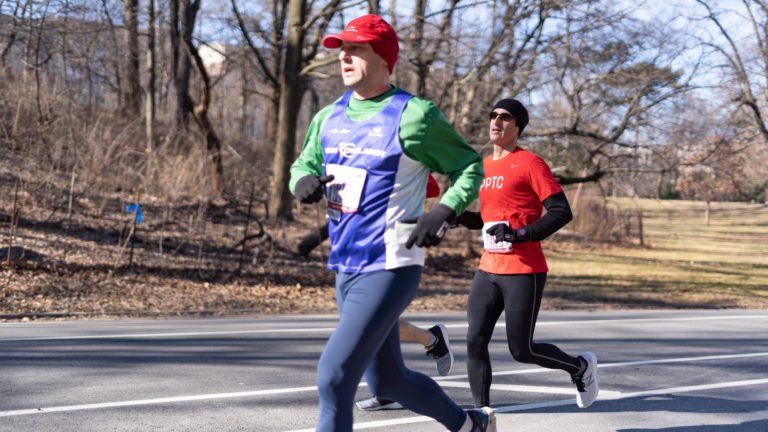
 We are Scott and Caroline, 50-somethings who spent the first 20+ years of our adult lives in New York City, working traditional careers and raising 2 kids. We left full-time work in our mid-40’s for location-independent, part-time consulting projects and real estate investing, in order to create a more flexible and travel-centric lifestyle.
We are Scott and Caroline, 50-somethings who spent the first 20+ years of our adult lives in New York City, working traditional careers and raising 2 kids. We left full-time work in our mid-40’s for location-independent, part-time consulting projects and real estate investing, in order to create a more flexible and travel-centric lifestyle.  Financial independence and early retirement is not something we originally focused on, but over time realized it was possible. Our free report,
Financial independence and early retirement is not something we originally focused on, but over time realized it was possible. Our free report, 


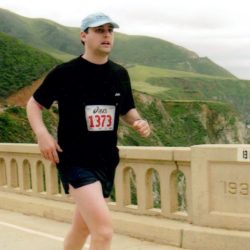





Wow! 11,495 miles. That’s impressive. I run a lot too, just looked up my stats: 5,168 miles in a 6 year period. No marathons for me, though!
96 miles in a month is nothing to sneeze at, that’ll be a fun routine to build! Is it cheating to take a break and do a 10k on the second day? 🙂
Watch out for injuries if you don’t normally go daily; things will tighten up and it’s easy to overdo it in that first mile every day!
With the weather, will it be crack of dawn runs?
Way to go on your miles! I consider 600 miles per year to be a decent output, and you have well exceeded that! I’ve hit 1000 miles in a year twice, but I think I’m too far behind already this year to catch up.
I unfortunately need a GPS activity loaded to MapMyRun every day, so no skipping!
Injury is definitely my biggest concern, but I’ve had enough over the years to know how to deal with some of them early.
Crack of dawn usually doesn’t work because that is our beach time – I’ve been mostly in the 5pm to 7pm range and so far it has worked out – usually right before or after a rainstorm, so it does cuts down on the heat.